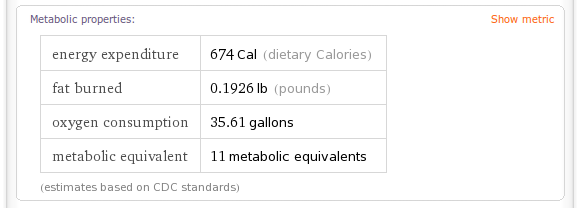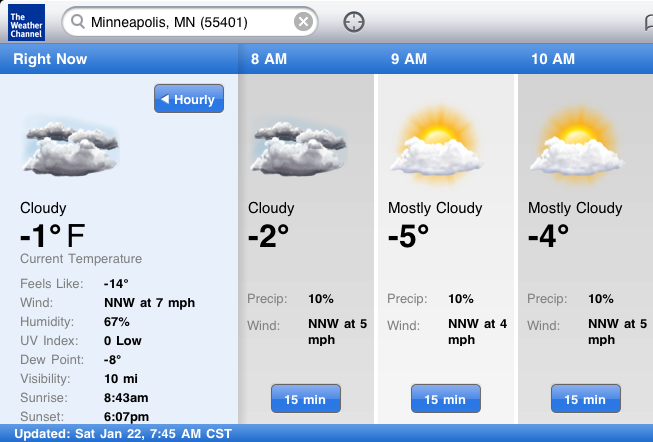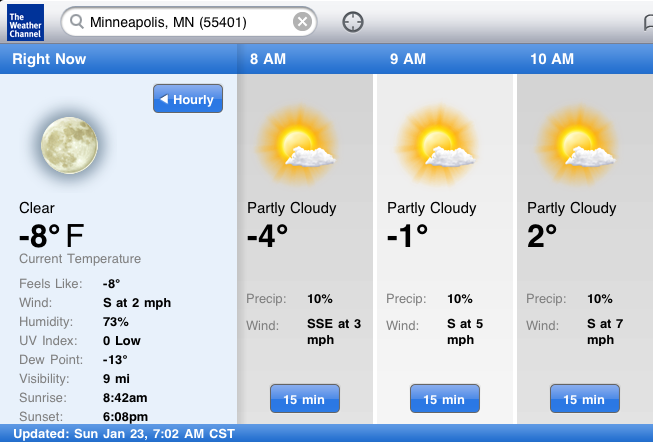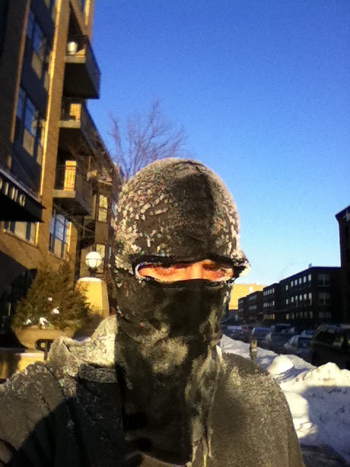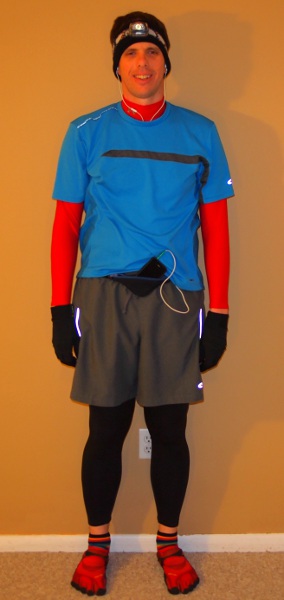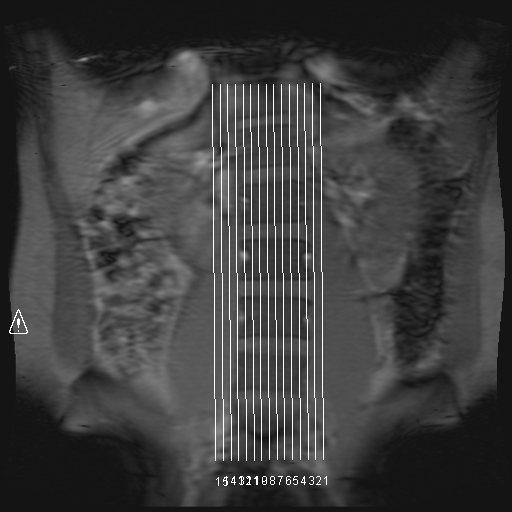(note: this article has been in draft form for a while, seeing the recent post on Lifehacker inspired me to get it out.)
An under-appreciated element of training for a marathon is tracking your daily runs in a training log. A training log is a great way for a first time or experienced marathoner to go back and look at where they were and where they are now. It provides me a great sense of accomplishment when I look at my training log. In the case of an injury I can look back and see what might have precipitated the injury. Was it over training? Running too hard? A change in surface? I track all of these in my running log.
An additional helpful thing that my log tracks automatically is the number of calories that I burned during a run. After a run I can look at how many calories I burned and get an idea of what I need to replenish those lost calories. Although you can’t get an exact count of the calories you’ve burned without running inside of a calorimeter (is that even possible‽), there are numerous tools that give you a close approximation.
One of the easiest ways to get an idea of the calories you’ve burned is to simply use a table. Find a weight that is similar to your own weight and a pace that is about what you did and you’ll get an idea of how many calories you’ve burned. A nice advantage of these tables is that they often contain many different sports, so it’s easy to look up and see how many calories you burned during that game of beach volleyball or that run around the park too. There’s an excellent guide at NutriStrategy that has most sports you can think of and even some less sporting activities such as taking out the trash. If you want to get a bit more advanced, you can utilize calorie coefficients. These numbers tell how many calories you burn per minute of activity per kilogram of body weight.
| Pace (min/mi) | Pace (min/km) | Coefficient |
| 5:30 | 3:25 | 0.300 |
| 6:00 | 3:44 | 0.266 |
| 6:30 | 4:02 | 0.250 |
| 7:00 | 4:21 | 0.233 |
| 7:30 | 4:40 | 0.225 |
| 8:00 | 4:58 | 0.208 |
| 8:30 | 5:17 | 0.191 |
| 9:00 | 5:36 | 0.183 |
| 9:50 | 5:54 | 0.174 |
| 10:00 | 6:13 | 0.167 |
| 11:00 | 6:50 | 0.155 |
| 11:30 | 7:09 | 0.150 |
| 12:00 | 7:27 | 0.140 |
Calorie Coefficients for Running. Multiply Your Weight In Kilograms by The Coefficient and Number of Minutes of Running.
Another way to track your calories is to simply use a website that calculates your calories for you. RunKeeper, a great iPhone/Android app that recently went completely free, will approximate your calories based not only on your weight, pace, and distance, but also utilizes elevation information. It then displays the calories burned on information pages for individual runs and a running total on your RunKeeper profile page. If I were to use RunKeeper as my only log it would require no additional effort to provide calorie counts.
If you want more information than just calories, including expected times for races of other distances, then WolframAlpha can calculate them for you. Visit the WolframAlpha Home Page and enter your information in a format similar to this “194lb 6’2″ 31yo male running 4.33 miles in 39.5minutes” and WolframAlpha will provide a whole slew of information about your performance, including predicted times for races from 100m to a marathon.
Of course, there are dozens of other ways to count calories while running. My personal approach is to use a consensus from a couple of different sources and average them out. How do you track your calories for a run? If you don’t track calories, why not?
